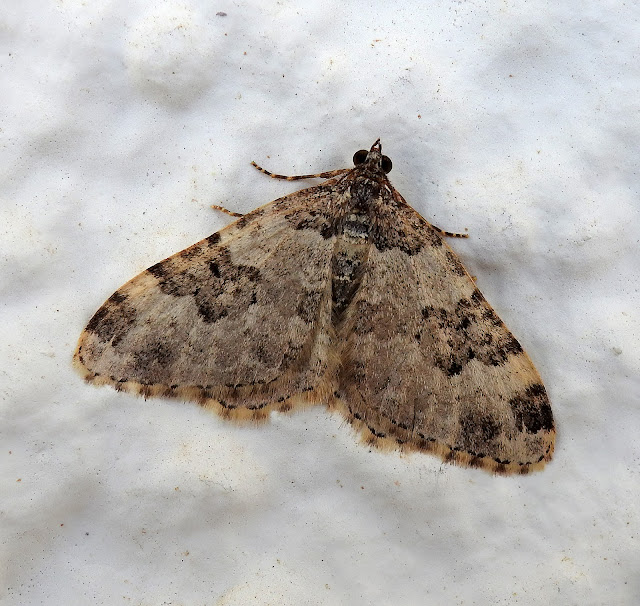This Blog contains Wildlife, Plants and Bird Photos from Walks, Safaris, Birding Trips and Vacations. Most of the pictures have been taken with my Nikon P900 and P950X cameras. Just click on any image for a larger picture. On the right column under the Blog Archive are the entries by date. Below that under Animal categories all the diffent species of Animals, Birds, Insects and Plants contained in the website are listed. Clicking on any entry will show all the entries for that species.
TOTAL PAGEVIEWS
TRANSLATE
Friday, 31 March 2023
Wednesday, 29 March 2023
Sunday, 26 March 2023
26-3-2023 GANDIA MARJAL, VALENCIA - YELLOW IRIS (Iris pseudacorus)
Iris pseudacorus, the yellow flag, yellow iris, or water flag, is a species of flowering plant in the family Iridaceae. It is native to Europe, western Asia and northwest Africa. Its specific epithet pseudacorus means "false acorus", referring to the similarity of its leaves to those of Acorus calamus (sweet flag), as they have a prominently veined mid-rib and sword-like shape. However, the two plants are not closely related. The flower is commonly attributed with the fleur-de-lis.
The plant was rated in second place for per day nectar production per flower in a UK plants survey conducted by the AgriLand project, which is supported by the UK Insect Pollinators Initiative. However, when number of flowers per floral unit, flower abundance, and phenology were taken into account, it dropped out of the top 10 for most nectar per unit cover per year, as did all plants that placed in the top ten, with the exception of common comfrey, Symphytum officinale.
Saturday, 25 March 2023
Friday, 24 March 2023
Thursday, 23 March 2023
8-3-2023 BIOPARC, VALENCIA - EASTERN BONGO (Tragelaphus eurycerus ssp. isaaci)
The bongo (Tragelaphus eurycerus) is a large, mostly nocturnal, forest-dwelling antelope, native to sub-Saharan Africa. Bongos are characterised by a striking reddish-brown coat, black and white markings, white-yellow stripes and long slightly spiralled horns. It is the only tragelaphid in which both sexes have horns. Bongos have a complex social interaction and are found in African dense forest mosaics. They are the third-largest antelope in the world.
The western or lowland bongo, T. e. eurycerus, faces an ongoing population decline, and the IUCN Antelope Specialist Group considers it to be Near Threatened on the conservation status scale.
The eastern or mountain bongo, T. e. isaaci, of Kenya, has a coat even more vibrant than that of T. e. eurycerus. The mountain bongo is only found in the wild in a few mountain regions of central Kenya. This bongo is classified by the IUCN Antelope Specialist Group as Critically Endangered, with fewer individuals in the wild than in captivity (where it breeds readily).
Wednesday, 22 March 2023
Tuesday, 21 March 2023
Subscribe to:
Posts (Atom)










%201.jpg)
%202.jpg)



%202.jpg)
%203.jpg)








%202.jpg)

















%201.jpg)

%201.jpg)


%202.jpg)
%201.jpg)